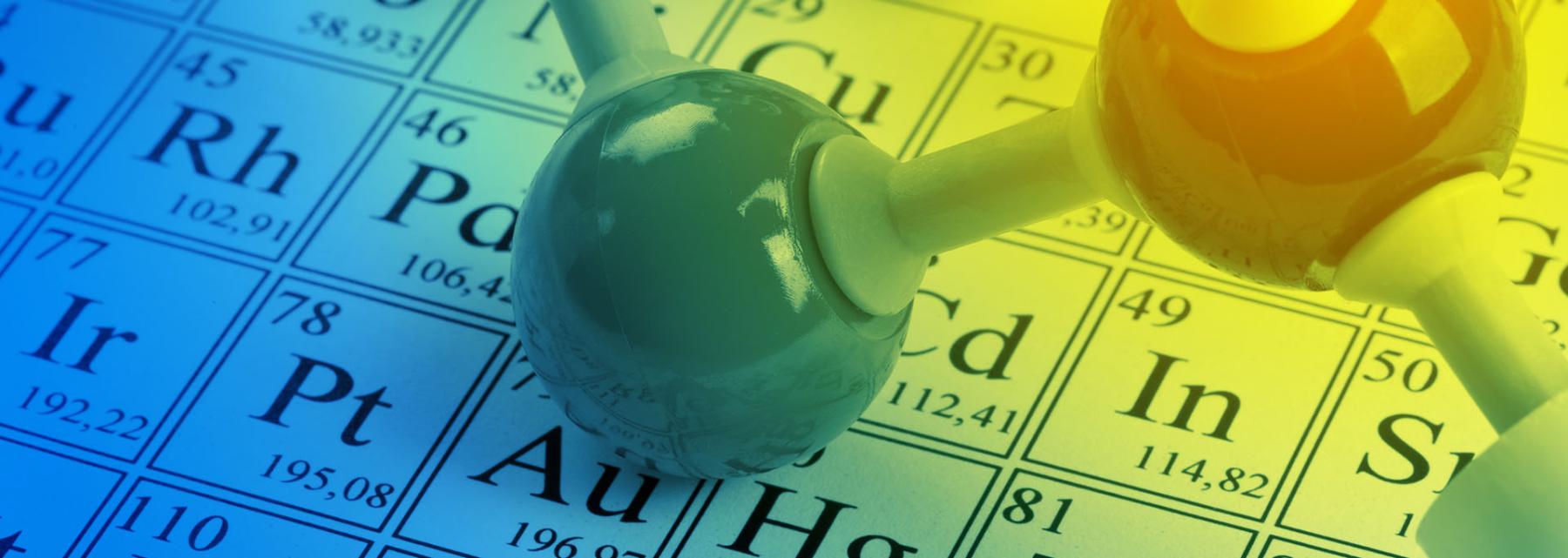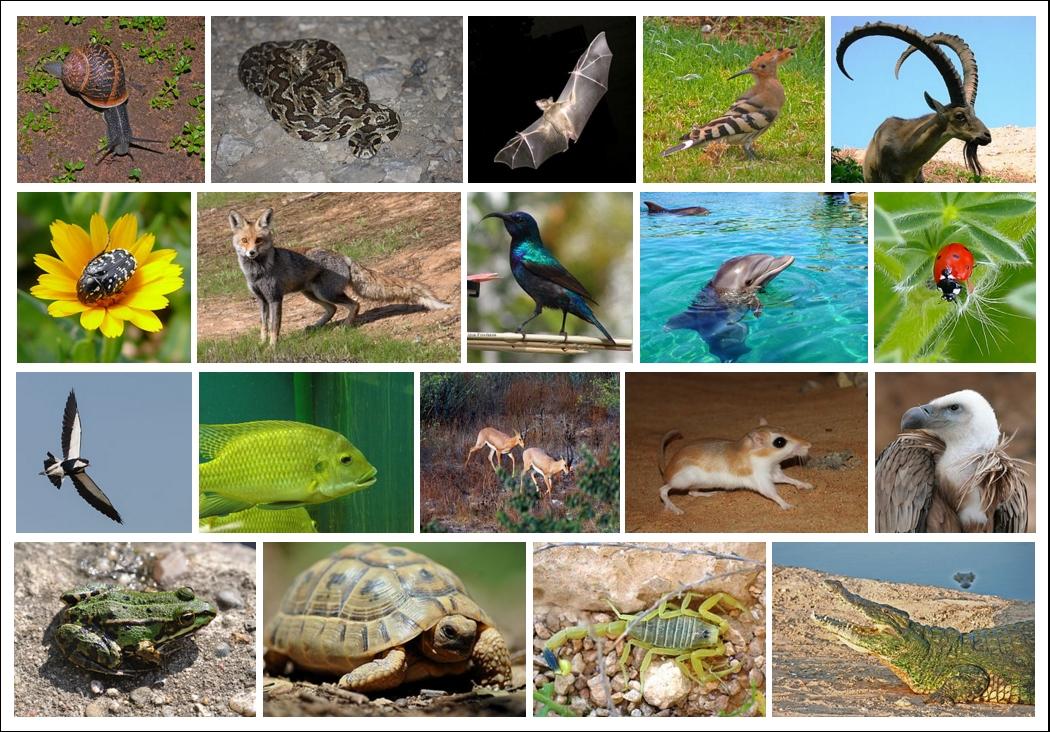
Subatomic Particles: Creating an Atom
by Gregory Brown
This set of lessons allows students to model the structure of an atom and use this to define trends on the Periodic Table and characteristics within groups. In addition, students can relate the patterns and scientific concepts together in a innovative and interactive way.
Lesson Plan Link/URL
https://docs.google.com/presentation/d/1i3UD7gvbDcfjWoejy3FJcxeCxkZGh-tLqtJmrxq…
Featured
Off
Related Content

Grades:
9th Grade, 10th Grade, 11th Grade, 12th Grade
In this creative lesson, students choose to be heroes saving an endangered species or to be villains eradicating an endangered species. They create their origin story, finance a plan, and end with a

Grades:
7th Grade, 8th Grade, 9th Grade, 10th Grade, 11th Grade, 12th Grade
This is an introduction to exoplanets and their discovery. In the hands-on activity, students make a lightcurve for an exoplanet transit using data from the DIY MicroObservatory Telescope Network.

Grades:
9th Grade, 10th Grade, 11th Grade, 12th Grade
This lesson is designed for Day 3. Students use outside resources to modify and test helmet effectiveness with Pocketlab sensors. In this hands-on lesson, students will create a prototype and run